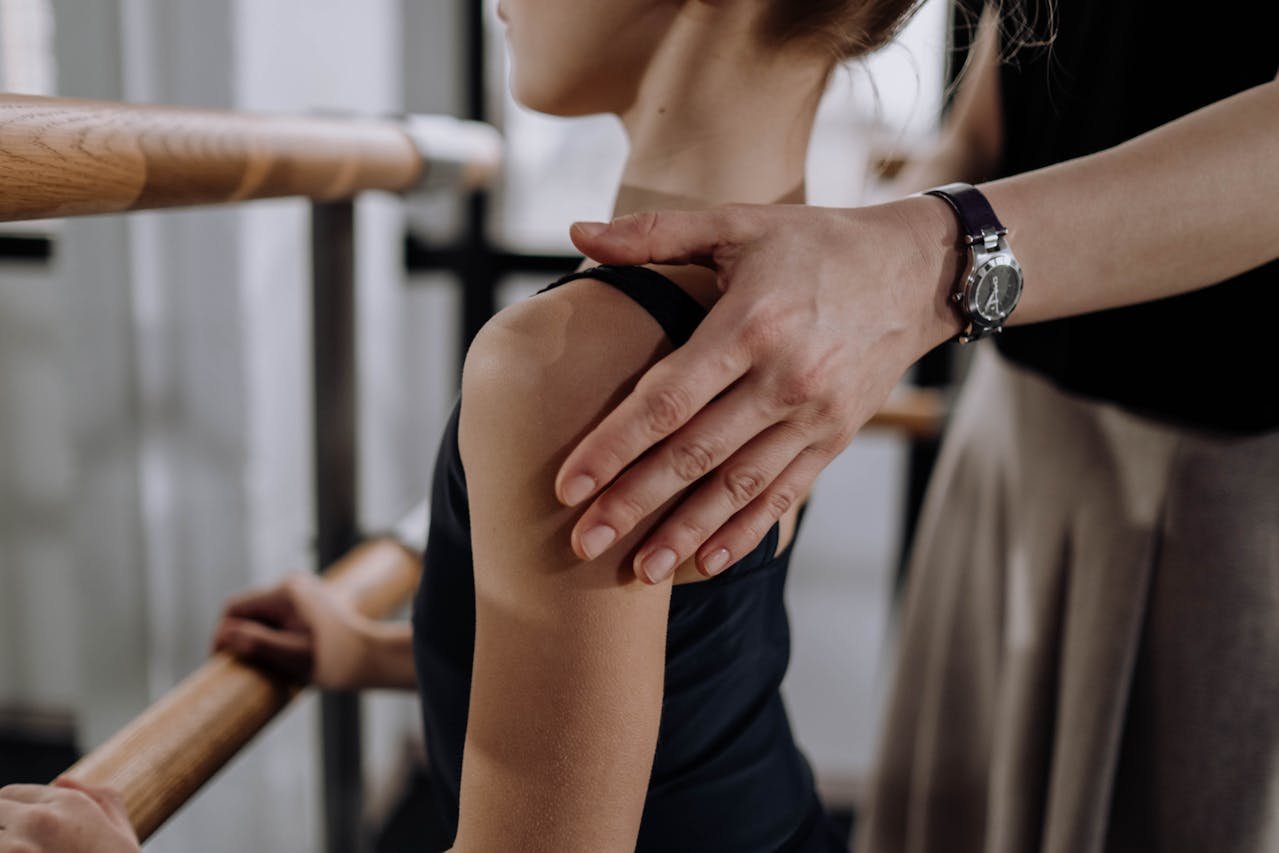Currently Empty: $0.00

With countless posture correctors available on the market, finding the perfect fit for your needs can feel overwhelming. However, understanding key factors such as design, adjustability, and intended use can simplify the decision-making process. Here’s a comprehensive guide to help you select the right posture corrector for maximum effectiveness and comfort.
Identify Your Needs
Before purchasing a posture corrector, assess why you need one. Are you dealing with chronic back pain? Do you spend long hours hunched over a laptop? Or are you simply looking to improve your overall posture? Different products cater to specific issues, so clarifying your goals will narrow down your options.
For example, individuals with severe slouching may benefit from rigid braces that provide strong support. Conversely, those seeking subtle reminders to sit up straight might prefer lightweight, flexible designs. Athletes recovering from injuries may require specialized correctors tailored to their sport or activity.
Material Matters
The material of a posture corrector directly impacts its comfort and durability. Breathable fabrics like mesh or neoprene are ideal for all-day wear, as they prevent overheating and irritation. Look for hypoallergenic materials if you have sensitive skin. Additionally, reinforced stitching ensures longevity, especially if you plan to use the device frequently.
Avoid cheaply made products that lack padding or ventilation. While they may seem cost-effective initially, poor-quality materials can cause discomfort and lead to inconsistent usage, defeating the purpose of the corrector.
Adjustability and Fit
A proper fit is crucial for both comfort and effectiveness. Adjustable straps allow you to customize the level of tension based on your needs. Some models feature multiple adjustment points for added precision, ensuring the corrector stays securely in place without digging into your skin.
Consider sizing charts provided by manufacturers to determine the appropriate size for your frame. Ill-fitting correctors can either slip off during movement or apply excessive pressure, causing more harm than good. If possible, opt for brands that offer extended sizing options to accommodate diverse body types.
Durability and Ease of Use
Durability is another critical factor when choosing a posture corrector. High-quality buckles, Velcro closures, and sturdy construction ensure the product withstands daily wear and tear. User-friendly designs that are easy to put on and remove independently are also advantageous, particularly if you travel frequently or live alone.
Additionally, think about maintenance requirements. Machine-washable components make cleaning hassle-free, extending the lifespan of your investment.
Reviews and Recommendations
Customer reviews provide valuable insights into real-world performance. Pay attention to feedback regarding comfort, effectiveness, and customer service. Brands with positive testimonials and responsive support teams are generally safer bets. Don’t hesitate to reach out to the manufacturer if you have questions before making a purchase.
Final Thoughts
Choosing the right posture corrector involves balancing functionality, comfort, and personal preferences. Remember that no single product works universally for everyone—what suits one person may not work for another. Take your time to research and test different options until you find the best match for your unique needs. With the right tool in hand, you’ll be well on your way to achieving better posture and enjoying the associated health benefits.
